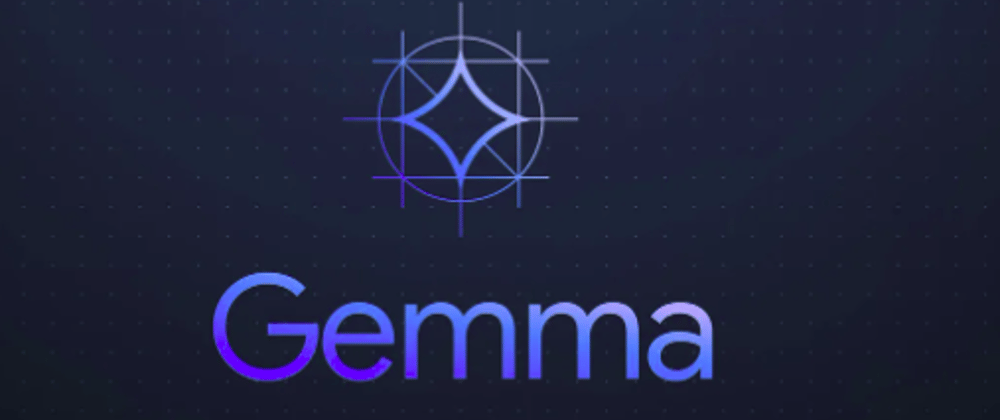Large Language Models (LLMs) are incredibly powerful tools. However, their performance can be significantly enhanced by training them on custom datasets tailored to specific tasks or contexts. In this article, you will discover how fine-tuning LLMs with personalised data can greatly improve their capabilities and effectiveness for various applications.
What is Fine-Tuning in LLMs?
In Natural Language Processing (NLP), fine-tuning plays a crucial role in optimising pre-trained language models for specific tasks such as question and answer (Q&A). Let's delve into what fine-tuning LLMs entails, explore examples, understand its benefits, and discover various use cases.
Fine-tuning refers to the process of customizing a pre-trained language model for a specific downstream task. Imagine having a talented friend who excels at drawing but wants to improve in drawing images of cars. Wouldn't you advise or train that friend to focus on drawing car images? That's essentially what fine-tuning does for language models—it enhances their performance in specific tasks. For instance, with Google Gemma for Python Q&A tasks, this process involves adjusting Gemma's parameters and training it on a Python question and answer dataset.
Examples of Fine-Tuning
Question Answering Systems: Fine-tuning LLMs like Google Gemma for question answering involves training the model on a dataset of questions and their corresponding answers. This allows the model to understand and generate accurate responses to queries, enhancing the functionality of Q&A systems.
Chatbots and Conversational Agents: Fine-tuning LLMs for chatbots involves training the model on conversational data, including dialogues and interactions between users and the system. This enables the chatbot to engage in natural and context-aware conversations, improving user experience.
Text Generation: Fine-tuning LLMs for text generation tasks involves training the model on specific types of text, such as news articles, stories, or code snippets. This helps the model generate coherent and relevant content in the desired style or format.
Language Translation: Fine-tuning LLMs for translation tasks involves training the model on parallel text data in multiple languages. The model learns to accurately translate text from one language to another, facilitating cross-lingual communication and content localization.
Sentiment Analysis: Fine-tuning LLMs for sentiment analysis involves training the model on a dataset of text samples labelled with sentiment (positive, negative, neutral). This enables the model to classify the sentiment of new text inputs, aiding in sentiment analysis tasks.
Text Summarization: Fine-tuning LLMs for text summarization tasks involves training the model on a dataset of longer texts paired with concise summaries. The model learns to generate accurate and concise summaries of new texts, aiding in document summarization and content extraction.
Benefits of Fine-Tuning
Improved Performance: Fine-tuning allows Google Gemma to achieve better performance on specific tasks by leveraging domain-specific knowledge.
Efficient Resource Usage: Rather than training a language model from scratch, fine-tuning optimises the model's existing capabilities, saving computational resources.
Faster Deployment: Fine-tuned models can be quickly deployed in production environments, accelerating the development of Q&A applications.
Use Cases of Fine-Tuning
Customer Support Chatbots: Fine-tuning LLMs enables chatbots to provide accurate and context-aware responses to customer queries.
Educational Platforms: Fine-tuned models can assist students by answering questions related to course materials, enhancing learning experiences.
Medical Diagnosis Systems: Fine-tuning LLMs with medical data can improve diagnostic accuracy in healthcare applications.
How to Fine-Tune
Welcome to the practical coding section of this article! Here, you will learn by doing, following a step-by-step guide on fine-tuning Gemma using a Python question and answer dataset.
To ensure you get the most out of this tutorial, I have prepared a comprehensive Jupyter Notebook that will walk you through the process.
Click on the link below to access the Jupyter Notebook and start coding:
If you have any questions or need further clarification, please don't hesitate to leave a comment or reach out to me directly. I'm here to help. Happy coding!







Top comments (0)